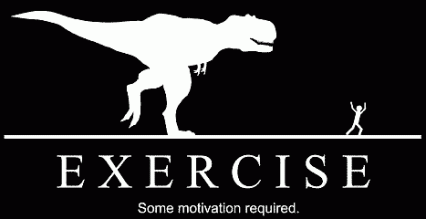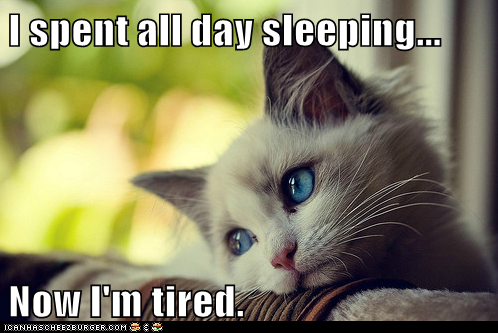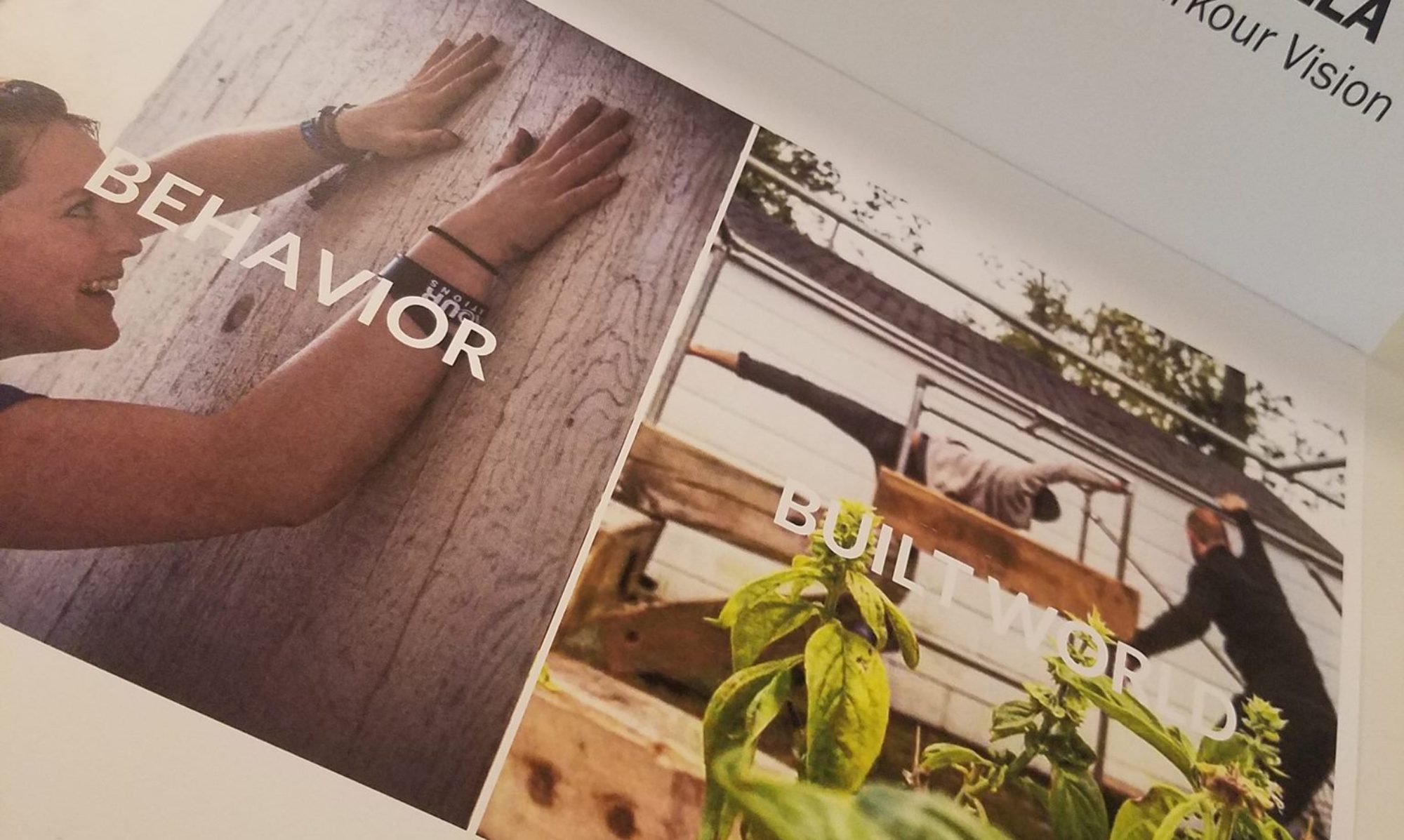I constantly hear clients complain about the lack of time they have in a day to consistently exercise and stay healthy.
I want to be sympathetic to this sentiment but the reality is that there are 168 hours in a week. If you work a 40-hour week (9-5) and sleep a full eight hours each night, you are still left with 72 hours. 72 hours. Lets even subtract another 21 hours so that you can cook yourself healthy dinners and get some family time in. And subtract another 10 for commuting (A nod to you New York, with almost an hour long commute!)(1). Even after all that, you still have over 25 hours.
Public health guidelines only recommend about 4 hours a week of exercise in order to stay healthy (which I disagree with but…)
You don’t have time, you say?
You’re right, what you don’t have time for is excuses.

The Epidemic of American Life
Americans, especially New Yorkers, are always on the go. We race around every day to make more money, to improve our status, to catch up on our work, trying desperately to get ahead. We burn the candle on both ends, juggling family with hobbies, as we work to carve out our own little version of the american dream.
And we suffer from an epidemic of obesity and frailty. We overindulge in fast foods, liquor, and drugs. We sleep too much or we sleep too little. We are indoors more than 90% of the day (2), behind computers and televisions, playing games, posting on facebook, and living digitally.
We feel like we don’t have enough time to exercise because we are too overwhelmed and exhausted by the mixture of financial burdens, family obligations, social media overload, and work. We fail to prioritize our health alongside all the other elements of our life not because there is not time, but because we can’t be bothered.

As time passes, your bones weaken and muscles soften, and though you might be surrounded by nice things now, you also earned yourself a body that ultimately will fail you.
Mindset Shift: From Work to Play
We need to stop viewing exercise as work. If you hate running, then don’t go spending hours on the treadmill. If you hate team sports, then don’t go join the local baseball league. Movement comes in many forms–it is just a matter of identifying the one that speaks to you and brings you joy.
If you don’t enjoy what you are doing, you will make sure there is never any time.
We need to learn to take delight in movement, to seek out fulfilling forms of play, and to indulge ourselves. It is not about getting healthy and fit, but being healthy and fit–enjoying movement for life, as an integral part of that life. We need to find forms of play that we ultimately will give the same weight of importance as our work, family, and other pursuits.
For play is work of the most serious and important kind. Physical play is where we explore who we are, where we encounter our insecurities and face our limitations, where we learn to cope with insecurity and begin to define and exceed our capacities. Play allows us to be healthy and fit without having to feel like we are working on being healthy and fit.
Playing, and living healthy, demonstrates respect for ourselves.
Do This
So stop making excuses. You do have enough time!
Go find your form of play and start respecting your body and your self.

- Journal: Sit down and write down your daily routine. You can do it on a napkin even. What is blocking you from finding time to move and play each day? Re-write your ideal routine, and revisit it once a year at minimum, if not each season (weather really kills my routine).
- Find Your Play: Ditch the gym and find a new way to play (meetup.com anyone?), and keep trying new ways until you find something that sticks. Better yet, find a community that loves to move and play–its proven that your community impacts your lifestyle and behaviors.
- Start Small: Add some movement snacks to your day (stand on one foot while brushing your teeth, take a walk for lunch, start and finish the day with 5 minutes of stretching).
(1) Partnership for New York City. NYC Jobs Blueprint. 2013. http://www.pfnyc.org/reports/2013-blueprint-web.pdf
(2) US EPA. Buildings and their Impact on the Environment: A Statistical Summary. 2009. http://www.epa.gov/greenbuilding/pubs/gbstats.pdf
